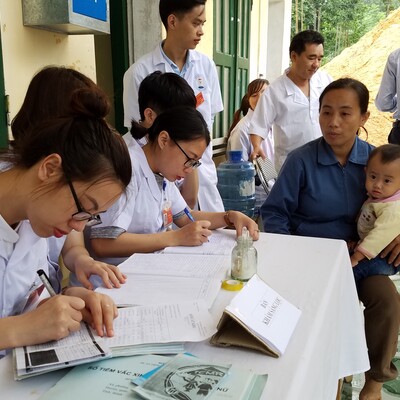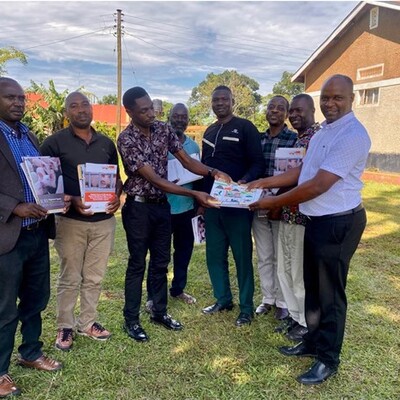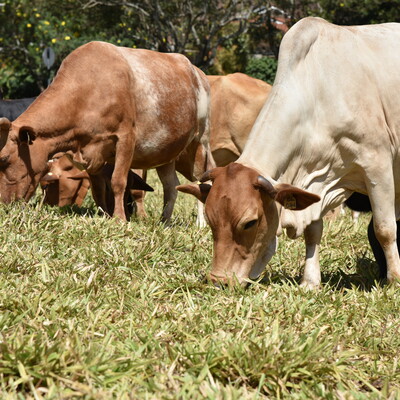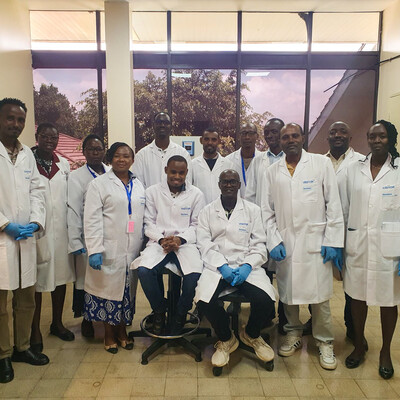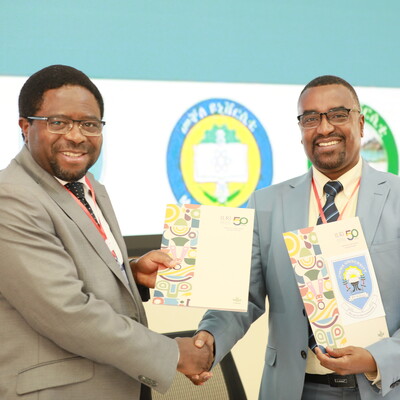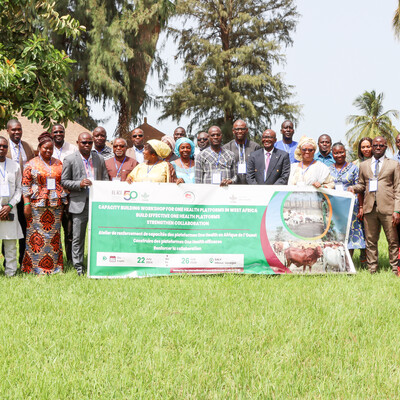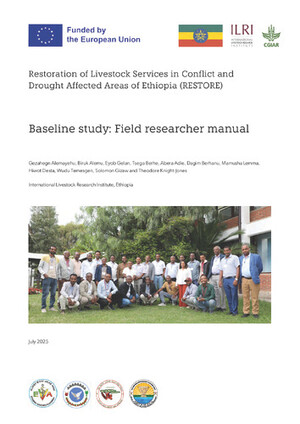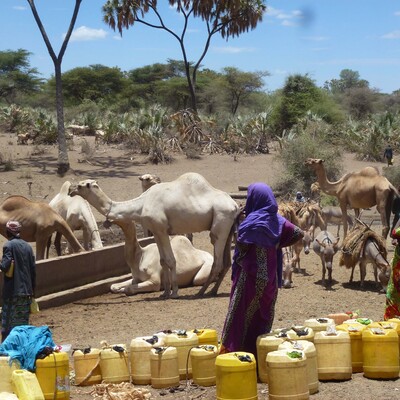
Dengue and chikungunya outbreaks in Burkina Faso: An opportunity to strengthen One Health institutions
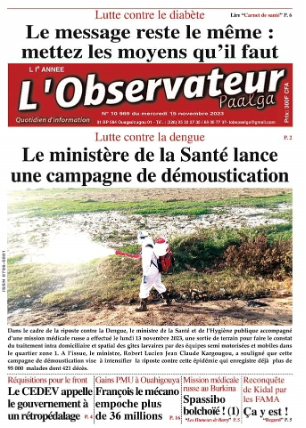
Dengue, a disease caused by the dengue virus and transmitted to humans through the bite of infected Aedes mosquitoes, is back in the news in Burkina Faso. The disease leads to significant morbidity within the population, including deaths. Most people infected with dengue virus have no symptoms, but the most common ones include high fever, headaches, body aches, nausea, and skin rashes. While most people recover in one to two weeks, some may develop severe forms of the disease, occasionally requiring hospitalization.
Globally, it is estimated that there are between 100 and 400 million cases, with approximately 500,000 severe cases and 20,000 deaths due to dengue each year, and the disease is expanding into previously unaffected areas.
A similar disease, chikungunya, is also increasingly a health burden in Burkina Faso. Chikungunya is also transmitted by Aedes mosquitoes, and is rife in over a hundred countries in Africa, Asia and America, with a morbidity and mortality rate that is not well known. The symptoms of chikungunya disease are very similar to dengue, but there are considerably less severe cases, and it causes fewer deaths.
Burkina Faso is once again facing what looks like one of the worst dengue epidemics to date. Past dengue outbreaks have occurred in 2013 and 2016.
Since August 2023, dengue cases have increased, with two epidemic hotspots primarily in the two largest cities: Ouagadougou and Bobo-Dioulasso. The epidemic has since spread to other major cities in the country. On 31 December 2023, there were 154,867 suspected dengue cases, including 70,433 probable cases (positive to rapid diagnostic tests) and 709 deaths (more than the total number of deaths due to COVID-19 in the country).
In addition to the ongoing dengue epidemic, there has been an outbreak of chikungunya, particularly in the city of Pouytenga in the central-east region. By early December 2023, there were 311 confirmed cases of chikungunya in the country, with no recorded deaths. These epidemics further weaken a healthcare system already facing major challenges due to the country's security crisis.
Upon the announcement of the first cases of dengue, local and national authorities initiated response actions by activating regional emergency response centres in the Hauts-Bassins and central regions. These actions aimed, among other things, to strengthen surveillance, manage cases, and implement various initiatives to break the chain of disease transmission.
The response focuses on four main strategic levels of intervention:
- Governance and coordination
- Epidemiological surveillance, diagnosis and case management
- Vector control
- Communication
These conventional response measures have, to a lesser extent, made it possible to respond to the current situation, but there is now a need to move towards a truly resilient and integrated system capable of anticipating, warning of and responding effectively to similar health crises. It is therefore legitimate to push for a deep change of paradigms, to innovate and revitalize the methods of prevention and control of epidemic-prone diseases in developing countries such as Burkina Faso.
Among these strategies, the One Health approach holds a prominent place to which the country has been committed for several years. However, this approach, like in many countries, including Burkina Faso, struggles to take off in the complex environment of insecurity, climate change, migration, and vulnerable political environment and post-COVID-19 recovery.
As a reminder, the One Health approach advocates for the integration and pooling of efforts to sustainably balance and optimize the health of people, animals, and ecosystems. This approach mobilizes multiple sectors, disciplines, and communities at various levels of society to promote well-being and tackle threats to human-animal health and the ecosystem.
Considering the transmission modes of dengue and chikungunya, as well as the socio-anthropological, environmental, and entomological factors contributing to the maintenance of the transmission chain, it seems evident that only a genuinely holistic approach to the issue will enable effective and lasting solutions. So far, the actions taken in Burkina Faso have consisted mainly of involving stakeholders from different sectors at strategic and operational levels in the context of a 'classic health emergency' by classic health crisis management institutions. The institutions established in the implementation of the One Health approach, namely the National One Health Council, the One Health Technical Secretariat, and the Executive Secretariat, need to be strengthened for greater and sustainable impact. It is time to place these institutions, tailored for an integrated approach, at the forefront of interventions against emerging diseases, as is the case of the ongoing dengue and chikungunya epidemics, as well as in active surveillance and prevention of new similar threats.
Without being exhaustive in the strategies to combat the dengue and chikungunya epidemics and similar threats, we propose three major axes to strengthen the One Health approach within the institutions for better control and preparation for possible future crises.
- Coordination and governance 'One Health from the outset': The One Health approach and the institutions tasked with implementing it should not be just an appendix to other conventional methods of surveillance and response to dengue, chikungunya and others similar epidemics. This is especially true as dengue is one of the priority zoonoses identified by the country. The approach to control it in an efficient, balanced, and optimal among the different sectors (human, animal, and environmental health) involved, as advocated by its underlying philosophy, should be 'One Health from the outset.' This means that One Health institutions should be highlighted at both strategic and operational levels for the mobilization of all forces simultaneously.
- Strengthening and accelerating the decentralization of the One Health approach through the operationalization of regional and communal One Health committees: In the case of dengue, several response actions, such as vector control, are more effective when carried out holistically and at the community level. Local One Health committees, through community health workers, sensitized to the issue should be at the center of integrated surveillance and response actions. Particular attention should be given to the urban areas where the community approach must be adapted to this particular environment, involving the private health sub-sector.
The surveillance, research, and innovation at the heart of prevention and response: Research and innovation must play a key role in the control of dengue fever and chikungunya. There are still many grey areas in the knowledge of the precursors to the emergence of epidemics, the interactions between vectors, the environment and the host, and the socio-anthropological and community aspects of the disease.
Technological innovation in vector surveillance and control, along with new spatial-temporal and mathematical modeling tools, could play a crucial role in predicting the occurrence of epidemics and controlling them more effectively. Epidemiological and virological surveillance through genomic tools should not be overlooked, as it allows early detection of new emergences, facilitating a prompt response.
Research on the socio-anthropological aspects of the disease will help better understand the perceptions of different population groups regarding health threats, evaluate the methods of intervention undertaken so far to ensure genuine community involvement in response, and prepare for future similar threats.
Finally and most importantly, there is need to use epidemiological models to support evidence-based decision making given that the occurrence of dengue and chikungunya, and indeed other vector-borne diseases, require complex interactions between environmental, socio-economic and demographic factors. In this case, simulation models can serve as analytical frameworks for forecasting risk in evolving socio-ecological systems. They can also be used to design integrated control strategies, or evaluating ways of deploying emerging disease control technologies e.g. vaccines, endosymbionts, insecticides, etc.
Dengue and chikungunya are almost perfect examples of the complexity of interactions between the environment, humans, and animals in the occurrence and maintenance of epidemic-prone diseases. Dengue fever is one of five priority zoonoses identified by the health authorities of Burkina Faso. This should justify interventions focused on a 'One Health' approach in controlling the disease. As the COVID-19 epidemic was in strengthening health systems, the dengue epidemic could be a great opportunity to promote the One Health approach in preventing and responding to current outbreak of dengue and chikungunya, as well as better preparing for similar health threats.
Main image in the story: Photo of the front page of the Burkinabe daily newspaper "l'Observateur Paalga" of 15 November 2023 with the headline "Fight against dengue: the Ministry of Health launches a campaign for mosquito control"
Read more about One Health institutions in West Africa :
- ILRI workshop brings together One Health experts in West Africa to identify areas of collaboration
- West African countries One Health platforms evaluation and launch: Workshop report
- CGIAR Research Initiative on One Health
- One Health Research Education and Outreach Centre in Africa (OHRECA)
- Capacitating One Health in East and Southern Africa (COHESA)
You may also like
Related Publications
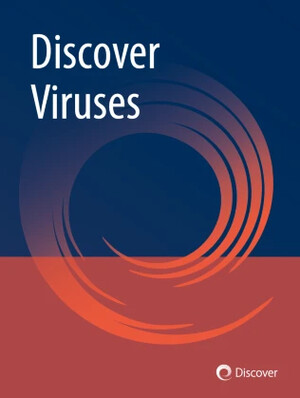
Drama-based mobile phone-delivered virtual learning as a way to support improved biosecurity in smallholder pig farming
- Chenais, E.
- Fischer, K.
- Kagolobya, R.
- Dione, Michel M.
- Ståhl, K.
- Sternberg-Lewerin, S.
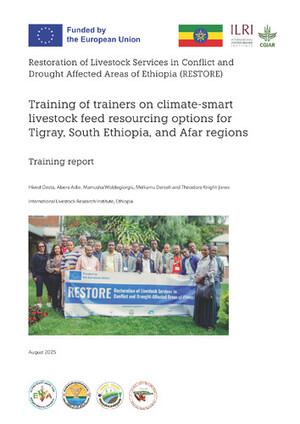
Training of trainers on climate-smart livestock feed resourcing options for Tigray, South Ethiopia, and Afar regions
- Desta, Hiwot
- Adie, Aberra
- Lemma, Mamusha
- Bezabih, Melkamu
- Knight-Jones, Theodore J.D.
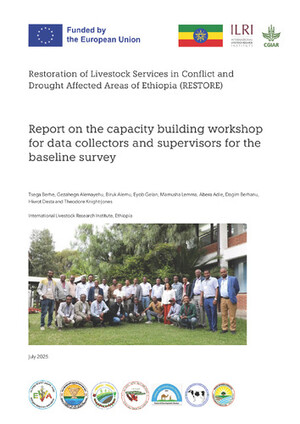
Restoration of Livestock Services in Conflict and Drought Affected Areas of Ethiopia (RESTORE): Report on the capacity building workshop for data collectors and supervisors for the baseline survey
- Berhe, Tsega
- Alemayehu, Gezahegn
- Alemu, Biruk G.
- Gelan, Eyob
- Lemma, Mamusha
- Adie, Aberra
- Berhanu, Dagim
- Desta, Hiwot
- Knight-Jones, Theodore J.D.
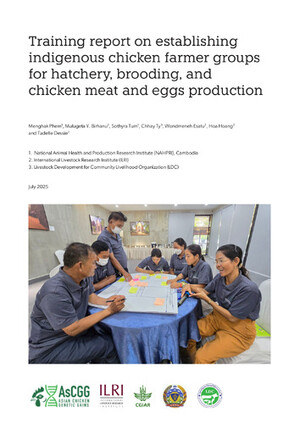
Training report on establishing indigenous chicken farmer groups for hatchery, brooding, and chicken meat and eggs production
- Phem, M.
- Yitayih, Mulugeta
- Tum, S.
- Ty, C.
- Esatu, Wondmeneh
- Hoang, H.
- Dessie, Tadelle





